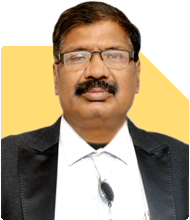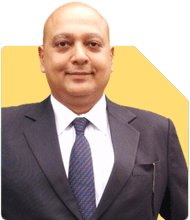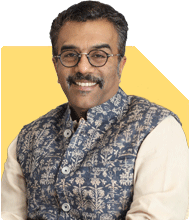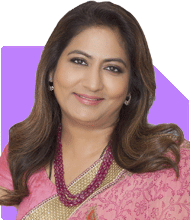IT Professionals Wanting Career Options for Daughter: What Are Our Choices?
Rajesh Kumar Singh |25 Answers |Ask -Follow
IIT-JEE, GATE Expert - Answered on Dec 30, 2024
During his career, he has served as the head of the mining department and as vice president of Balasore Alloys. He is currently a visiting professor at Mewar University where he teaches BTech students.
Rajesh Kumar topped his batch in BTech mining from BIT, Sindri.
A gold medallist, he has cracked the GATE (Graduate Aptitude Test in Engineering) twice -- in 1993 and 1994 -- with an All India Rank of 14 in 1994.
He has also cleared the Indian Institute of Corporate Affairs (IICA) Independent Director Test.... more

Me and my wife are both IT professionals from Bangalore and have a very decent income combined. Our daughter is 11 years old and is in 6th standard. Apart from the typical medical and engineering career paths, what are the promising career paths available. And what would be cost of graduation as well as post graduation. The idea was to accumulate the needed funds for the same.
You may like to see similar questions and answers below
Mayank Chandel |1957 Answers |Ask -Follow
IIT-JEE, NEET-UG, SAT, CLAT, CA, CS Exam Expert - Answered on Apr 19, 2023
Sushil Sukhwani |564 Answers |Ask -Follow
Study Abroad Expert - Answered on Mar 29, 2024
Chocko Valliappa |475 Answers |Ask -Follow
Tech Entrepreneur, Educationist - Answered on May 17, 2024
Dr Nandita Palshetkar |37 Answers |Ask -Follow
Gynaecologist, IVF expert - Answered on Jan 02, 2025
Ramalingam Kalirajan |7398 Answers |Ask -Follow
Mutual Funds, Financial Planning Expert - Answered on Jan 02, 2025
Ramalingam Kalirajan |7398 Answers |Ask -Follow
Mutual Funds, Financial Planning Expert - Answered on Jan 02, 2025
Ramalingam Kalirajan |7398 Answers |Ask -Follow
Mutual Funds, Financial Planning Expert - Answered on Jan 02, 2025
Ramalingam Kalirajan |7398 Answers |Ask -Follow
Mutual Funds, Financial Planning Expert - Answered on Jan 02, 2025
Ramalingam Kalirajan |7398 Answers |Ask -Follow
Mutual Funds, Financial Planning Expert - Answered on Jan 02, 2025
Ramalingam Kalirajan |7398 Answers |Ask -Follow
Mutual Funds, Financial Planning Expert - Answered on Jan 02, 2025
Ramalingam Kalirajan |7398 Answers |Ask -Follow
Mutual Funds, Financial Planning Expert - Answered on Jan 02, 2025
Ramalingam Kalirajan |7398 Answers |Ask -Follow
Mutual Funds, Financial Planning Expert - Answered on Jan 02, 2025
Ramalingam Kalirajan |7398 Answers |Ask -Follow
Mutual Funds, Financial Planning Expert - Answered on Jan 02, 2025






















